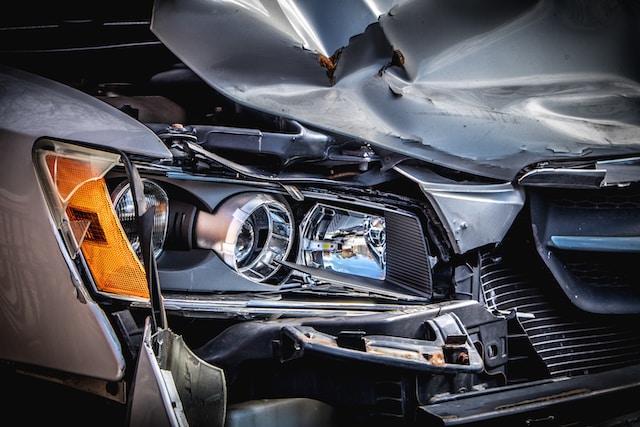
It’s no secret that accidents happen on the road, given the nature of vehicles and human error. However, understanding the different types of collisions and their severity is essential. One of the most dangerous types of crashes you can be involved in is a T-bone accident. If you are unfamiliar with how these occur and what injuries you can sustain, you’ll want to keep reading. Additionally, you’ll discover who is most often at fault and how car accident attorneys can help you recover compensation for injuries sustained during these incidents.
What is a T-bone accident?
A T-bone accident is one of the most dangerous. This occurs when the front of one vehicle collides with the side of another. The position of the vehicle resembles the shape of a capital T.
These accidents most commonly occur at intersections, as one car may enter the intersection while the other is passing by. Unfortunately, these often happen because one driver makes a bad judgment call about how far away the approaching vehicle is, they aren’t paying attention and run a stop sign or stop light, or they lose control of their vehicle. However, like all accidents, these do not only happen at intersections but can occur in parking lots, highways, and on residential roads.
What injuries can occur?
The injuries that one can sustain when involved in a t-bone crash will vary based on several factors. Generally, the location of the impact, how fast the vehicles were traveling, and the make of the car can influence the severity of injuries.
For example, you may find that if you are in a smaller sedan struck by a large SUV on your driver’s side, the injuries you can sustain may be much more intense than if you were in a large car and the impact happened on the passenger side.
Generally, broken bones, sprains, neck and spinal cord injuries, traumatic brain injuries, lacerations, and burns can impact the victims of these collisions. Unfortunately, the injured parties can also suffer from internal organ damage, chest injuries, paralysis, and even loss of limbs.
Who is generally at fault?
When determining who is liable for a car accident, several factors will be taken into consideration. However, the police will look at who had the right of way to determine who was liable. For example, if a driver speeds through a stop sign and collides with a passing vehicle, the driver at the bottom of the “T” would likely be liable. However, if the driver disregards the stop sign and another vehicle is approaching with no time to stop, they can collide. In this instance, the driver who did not stop at the stop sign would be at the top of the “T” and would be liable.
If you are involved in a collision, it’s important to take the necessary steps to protect yourself. As such, it’s critical to connect with an experienced attorney from Friedman Schuman Layser to discuss the details of your case. Our team will do everything we can to help you recover compensation for the injuries and damages you’ve endured. Contact us today to learn more about how we can assist you.